


xxxxxThe writer George Eliot, pen name of Mary Ann Evans, produced her first major novel, Adam Bede, in 1859. This was followed by The Mill on the Floss in 1860, and Silas Marner the following year. Her masterpiece, Middlemarch, produced in serial form in 1871 and set amid the troubled times of the first Reform Bill of 1832, was noted for its complex story, made up of a number of interwoven plots. In these works in particular, she revealed her exceptional gifts as one of the most outstanding realists of Victorian fiction. They demonstrated above all the depth of her psychological insight into the makeup of character, and her deep and sympathetic understanding of the lives of ordinary people, be it in a rural setting or a provincial town. Her writing had an impact on the development of the modern novel, and influenced in particular the American novelist Henry James. Her Scenes from Clerical Life, a collection of her earlier stories, impressed both Charles Dickens and William Thackeray. A highly intelligent woman with a mind of her own, for many years she lived with the critic George Henry Lewes, a married man. This affected her standing in general society, but her talent was recognised in literary circles, and her brilliant portrayal of everyday life earned her an international reputation. Among the writers she knew were Thomas Carlyle and Herbert Spencer.
GEORGE ELIOT (pen name of MARY ANN EVANS)
1819 -
Acknowledgements
Eliot: by the Irish painter Frederick William Burton (1816-
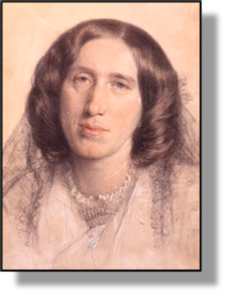 xxxxxThe English novelist George Eliot, the pen name of Mary Ann Evans, was born at Chilvers Coton in Warwickshire. She attended the local school at Nuneaton, and then a boarding school in Coventry. Her father, an estate agent, insisted that she had a strict religious upbringing, but in the early 1840s she rebelled against Christian dogma and went on to translate works by two well known critics of the bible, the German theologians David Friedrich Strauss and Ludwig Feuerbach. She moved to London after the death of her father in 1849 and, joining a band of avant-
xxxxxThe English novelist George Eliot, the pen name of Mary Ann Evans, was born at Chilvers Coton in Warwickshire. She attended the local school at Nuneaton, and then a boarding school in Coventry. Her father, an estate agent, insisted that she had a strict religious upbringing, but in the early 1840s she rebelled against Christian dogma and went on to translate works by two well known critics of the bible, the German theologians David Friedrich Strauss and Ludwig Feuerbach. She moved to London after the death of her father in 1849 and, joining a band of avant-
xxxxxItxwas via the Review that she also met the critic George Henry Lewes (1817-
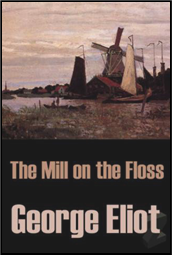 xxxxxSurprised and encouraged by the success of these first attempts, she turned to writing full-
xxxxxSurprised and encouraged by the success of these first attempts, she turned to writing full- was published in 1859, and this revealed her exceptional gifts as a writer, establishing her reputation -
was published in 1859, and this revealed her exceptional gifts as a writer, establishing her reputation -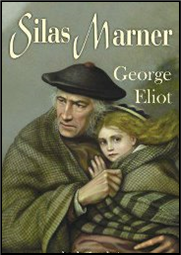 and turns of fate. This was followed by The Mill on the Floss of 1860
and turns of fate. This was followed by The Mill on the Floss of 1860
xxxxxIn 1865, following a fact-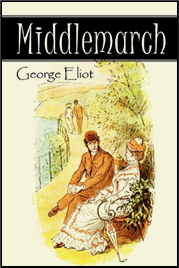 of the Reform Bill of
of the Reform Bill of
xxxxxDaniel Deronda, a visionary novel about the prospects of a Jewish state in Palestine, was written in 1876, two years before the death of Lewes. His death saddened her deeply, and for some months she shut herself away from society. Then in May 1880, at the age of 61, and just seven months before her own death, she married John Cross, (1840-
xxxxxEliot was buried in Highgate cemetery, London, and enshrined in Westminster Abbey in 1980, the centenary of her death. A highly intelligent and gifted woman, she gained international fame as a master of moral realism in the literary world, though her unconventional behaviour raised eyebrows in society at large. She had a mind of her own, and in both religion and her personal relationships she was prepared to challenge social convention. Her work had an impact on the development of the modern novel and influenced, in particular, the American novelist Henry James. Her Scenes from Clerical Life impressed both Charles Dickens and William Thackeray.
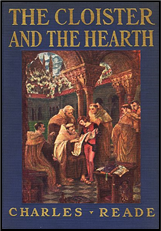
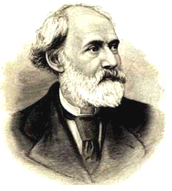 xxxxxAnother English writer of this period who highlighted some of the appalling social conditions of the time was the novelist Charles Reade (1814-
xxxxxAnother English writer of this period who highlighted some of the appalling social conditions of the time was the novelist Charles Reade (1814-
 xxxxxIncidentally, his Foul Play of 1868, co-
xxxxxIncidentally, his Foul Play of 1868, co-
Va-
Including:
Charles Reade



